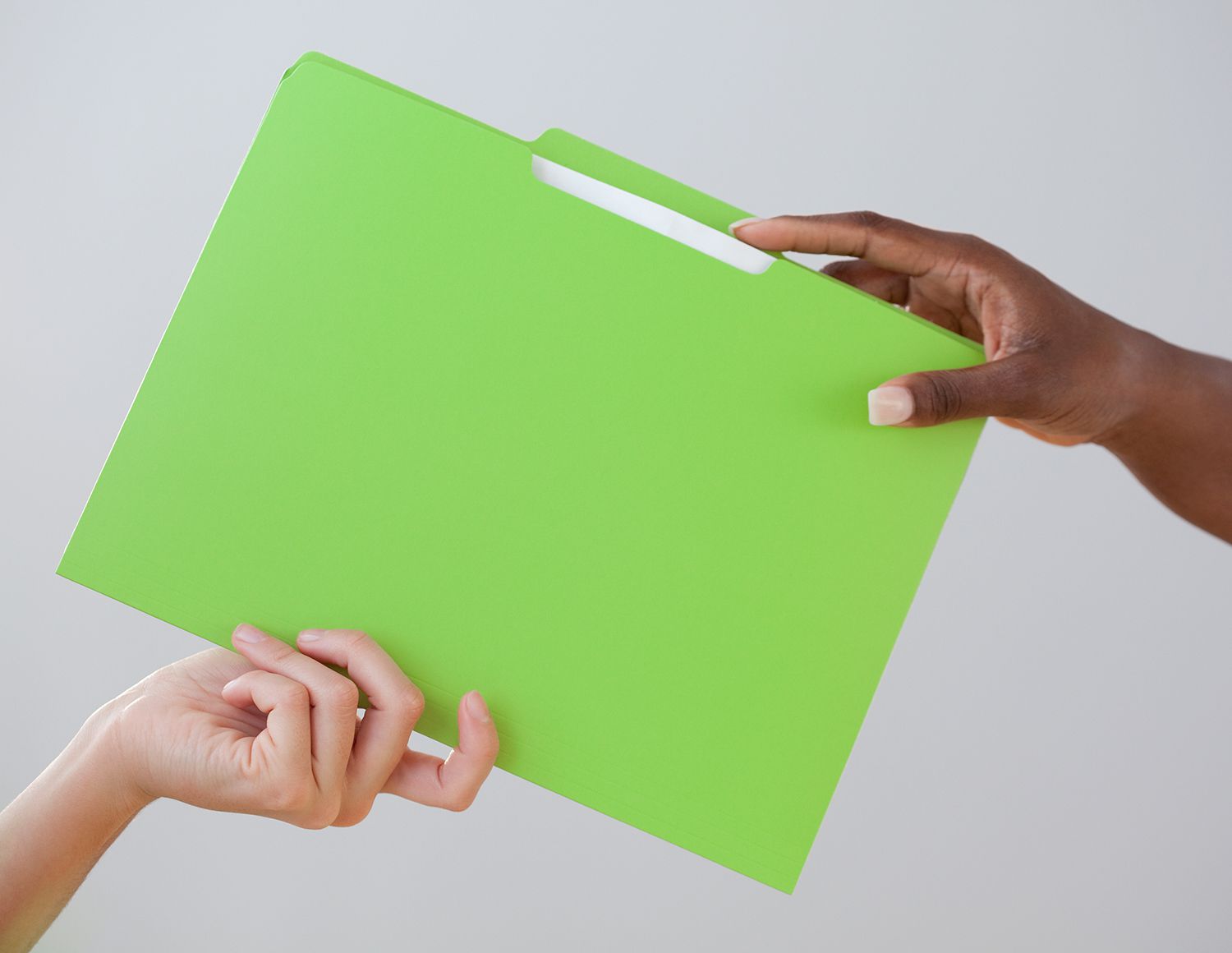With the "new normal" being working from home with ZOOM meetings my (late 2013 27" imac with 8gb of RAM and 3.4 GHz Intel Core i5) is doing ok. It also doubles as my home entertainment system - mainly HULU and NETFLIX and for this purpose it is doing ok. I also like the rest of those running MOJAVE lost the ability to use Apple Mail app with GMAIL accounts but this is not such a bother because I have adapted to this. While this iMac is handling things ok...I get a lot of rainbow pinwheels when too many things are open and in general things are slow. With the 1TB SATA disk HD, I have plenty of space...I don't have tons of pictures, music, video downloaded and saved.
Instead of shelling out more money than I have for a new iMac or MacBOOK, I am considering purchasing an external SSD harddrive as a boot drive and increasing RAM from 8gb to 16gb or maybe even 32gb.
I am running macOS Mojave v10.14.6, this iMac while specs indicate that it is "strong" enough for Catalina, will not update to Catalina and I have been advised to leave it that way using Mojave.
With all this information, does any one have advise on thoughts of a less expensive upgrade to this machine, or other ideas, and then also, hardware brand, etc, recommendations?
Instead of shelling out more money than I have for a new iMac or MacBOOK, I am considering purchasing an external SSD harddrive as a boot drive and increasing RAM from 8gb to 16gb or maybe even 32gb.
I am running macOS Mojave v10.14.6, this iMac while specs indicate that it is "strong" enough for Catalina, will not update to Catalina and I have been advised to leave it that way using Mojave.
With all this information, does any one have advise on thoughts of a less expensive upgrade to this machine, or other ideas, and then also, hardware brand, etc, recommendations?




